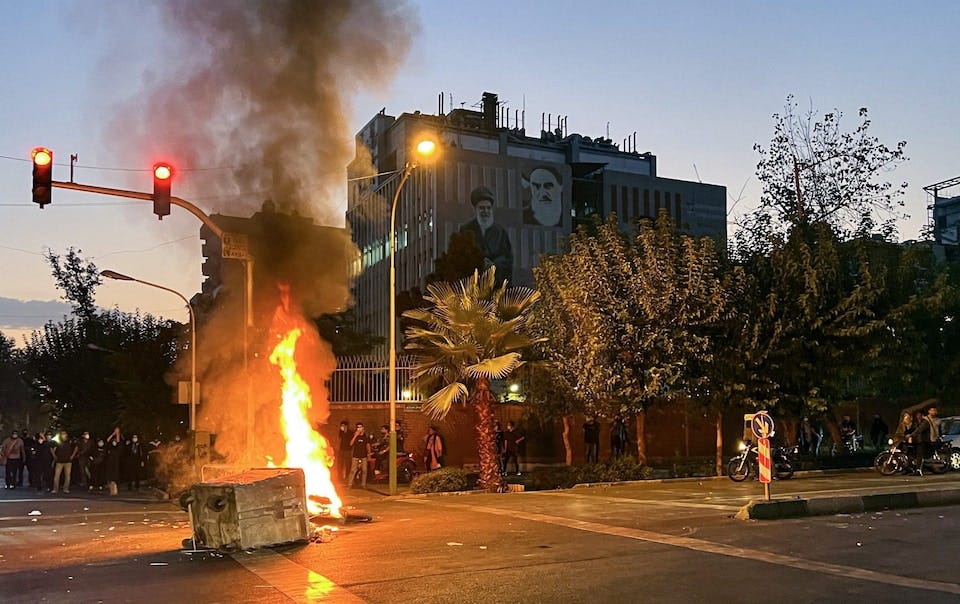An inflection point for Iran?
A young woman's death after arrest by the morality police has sparked huge protests
There have been amazing scenes in Iran. Women have been burning their headscarves and cutting off their hair in protest at the death of 22 year-old Mahsa Amini following her arrest by Tehran’s morality police.
Amini died after three days in a coma. Witnesses have claimed she was beaten on the head with a baton …
Keep reading with a 7-day free trial
Subscribe to Melanie Phillips to keep reading this post and get 7 days of free access to the full post archives.




